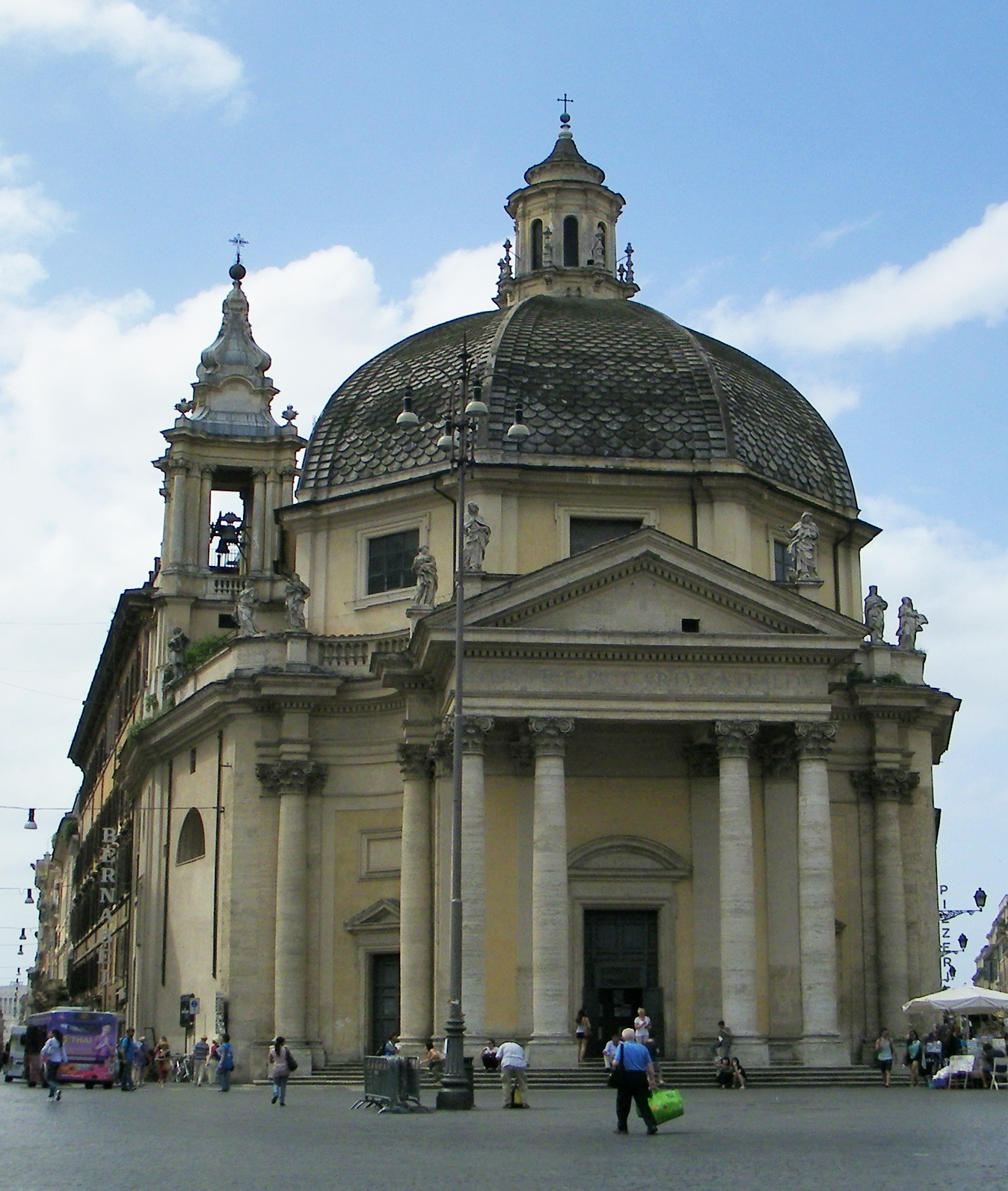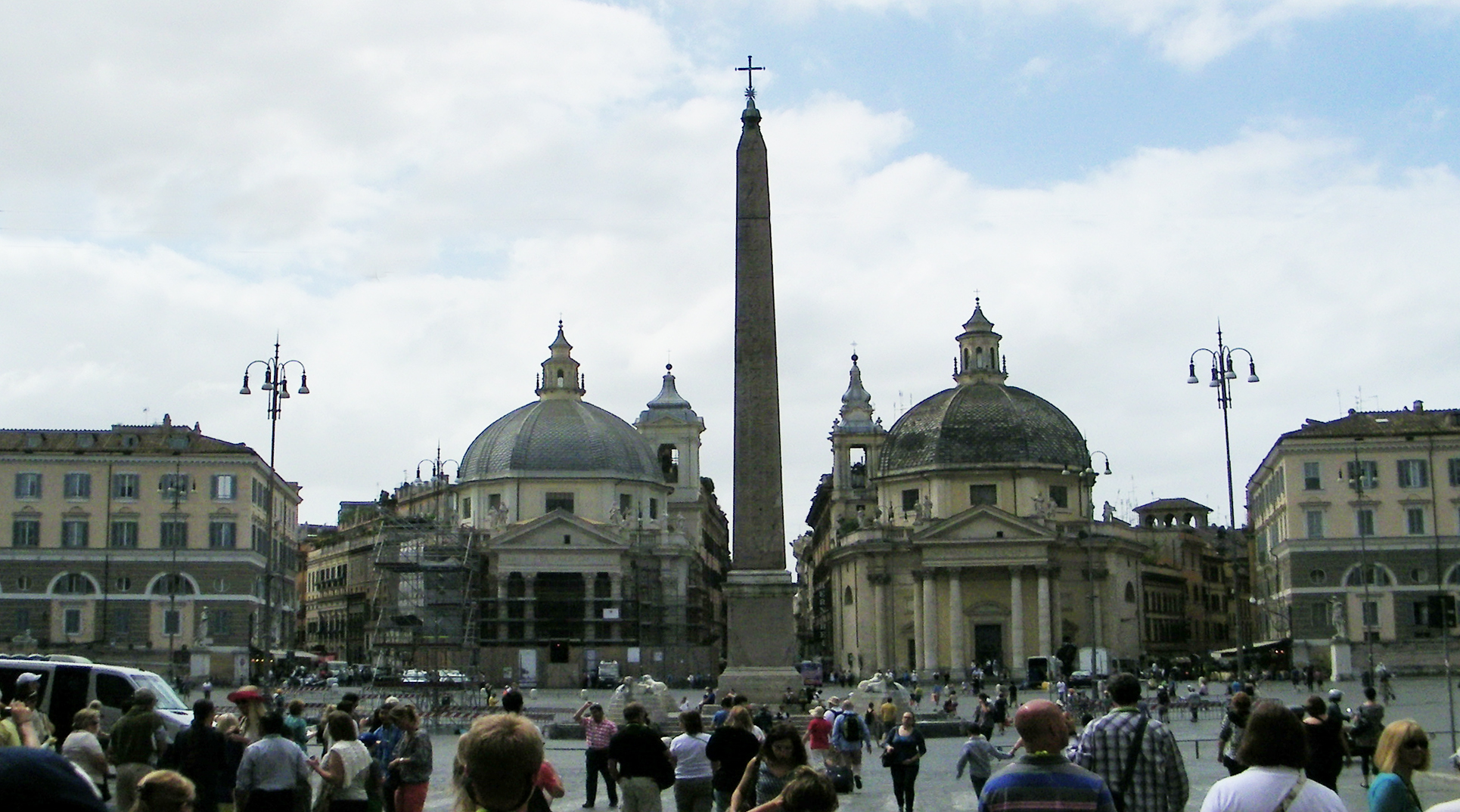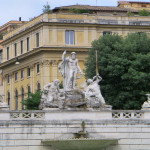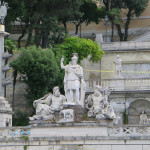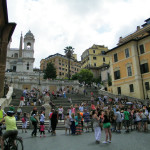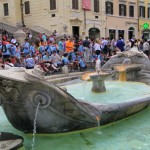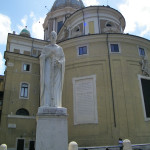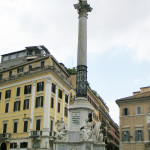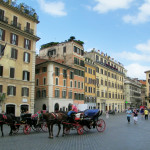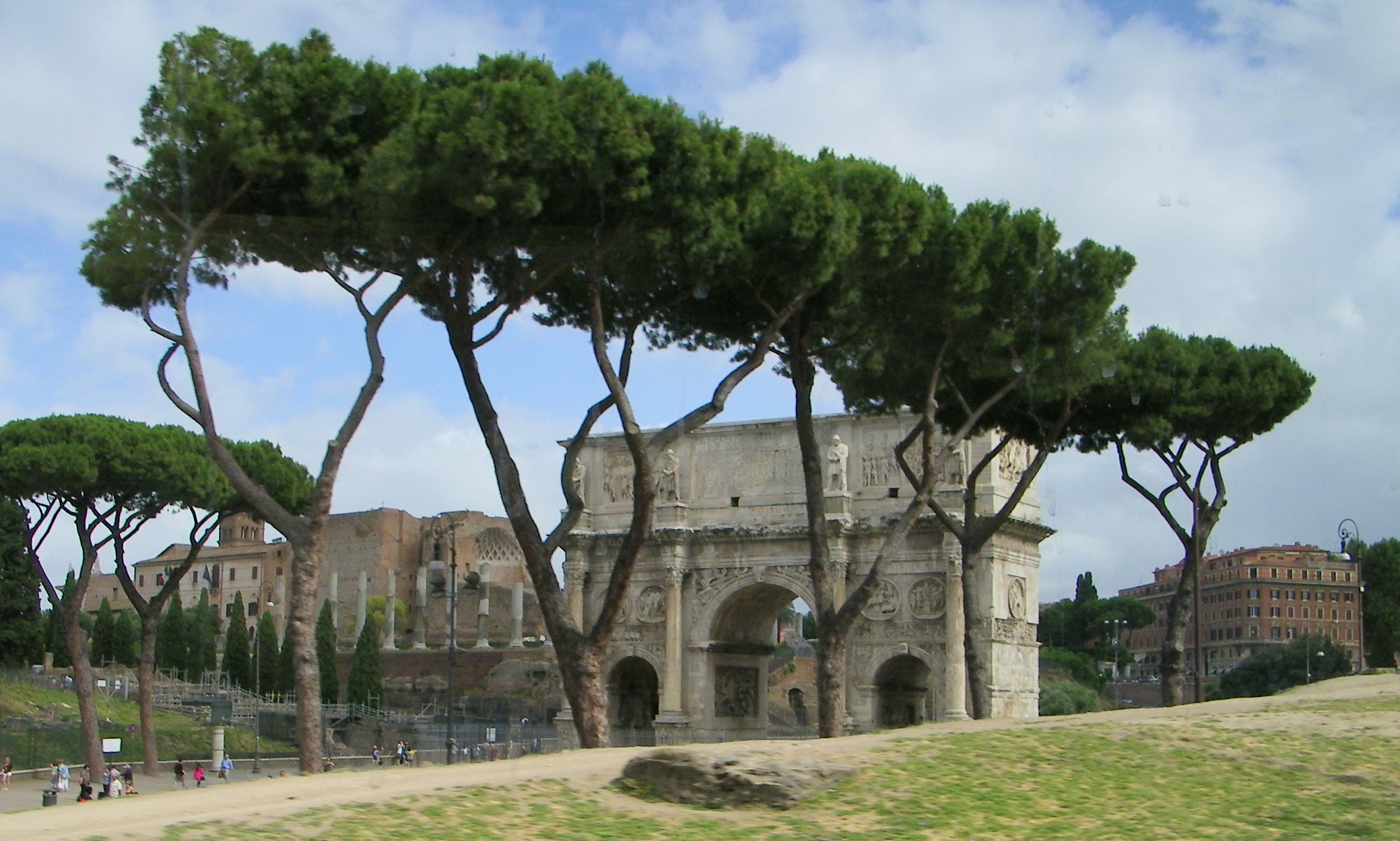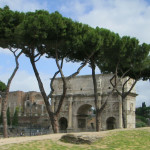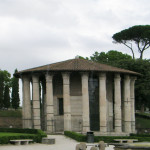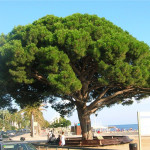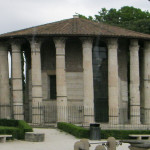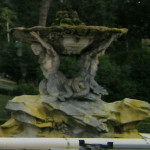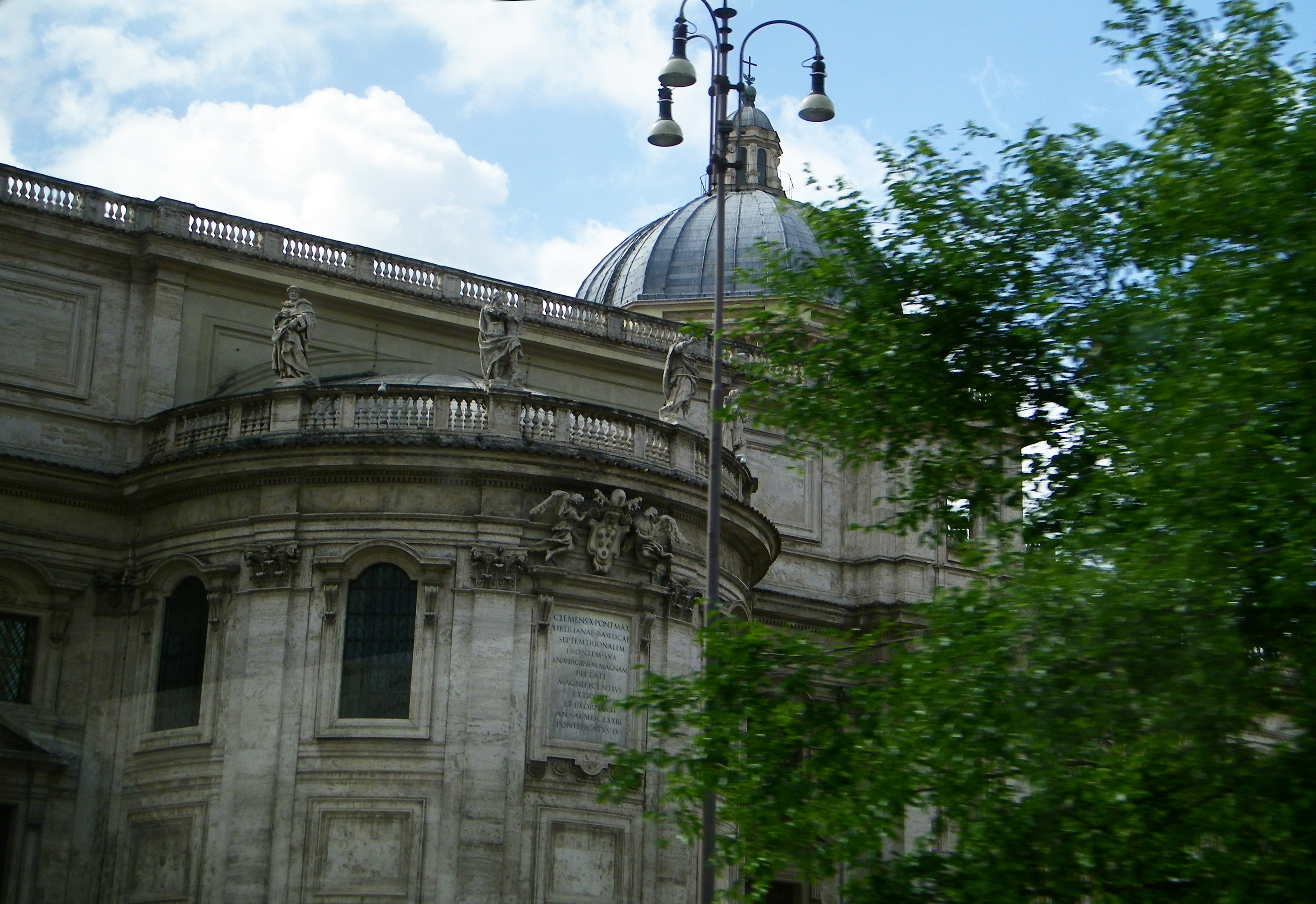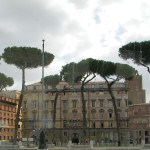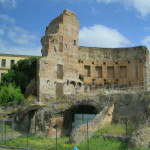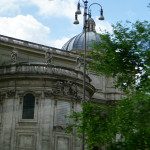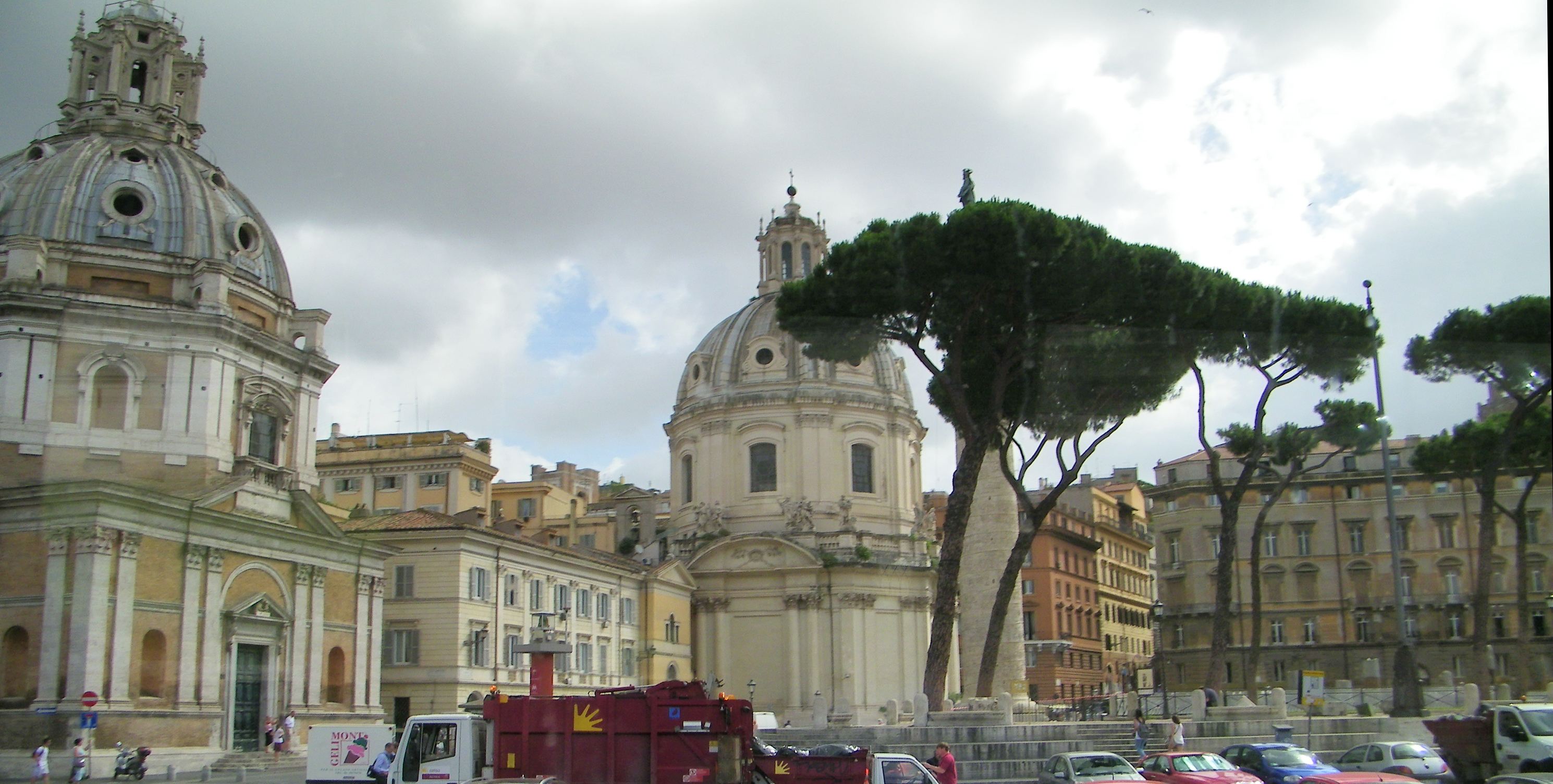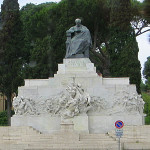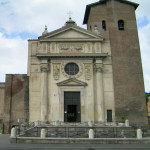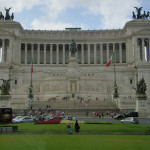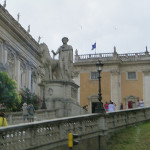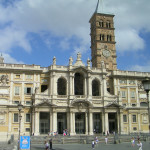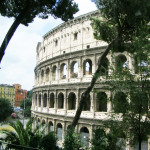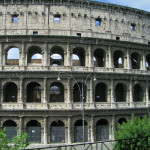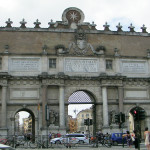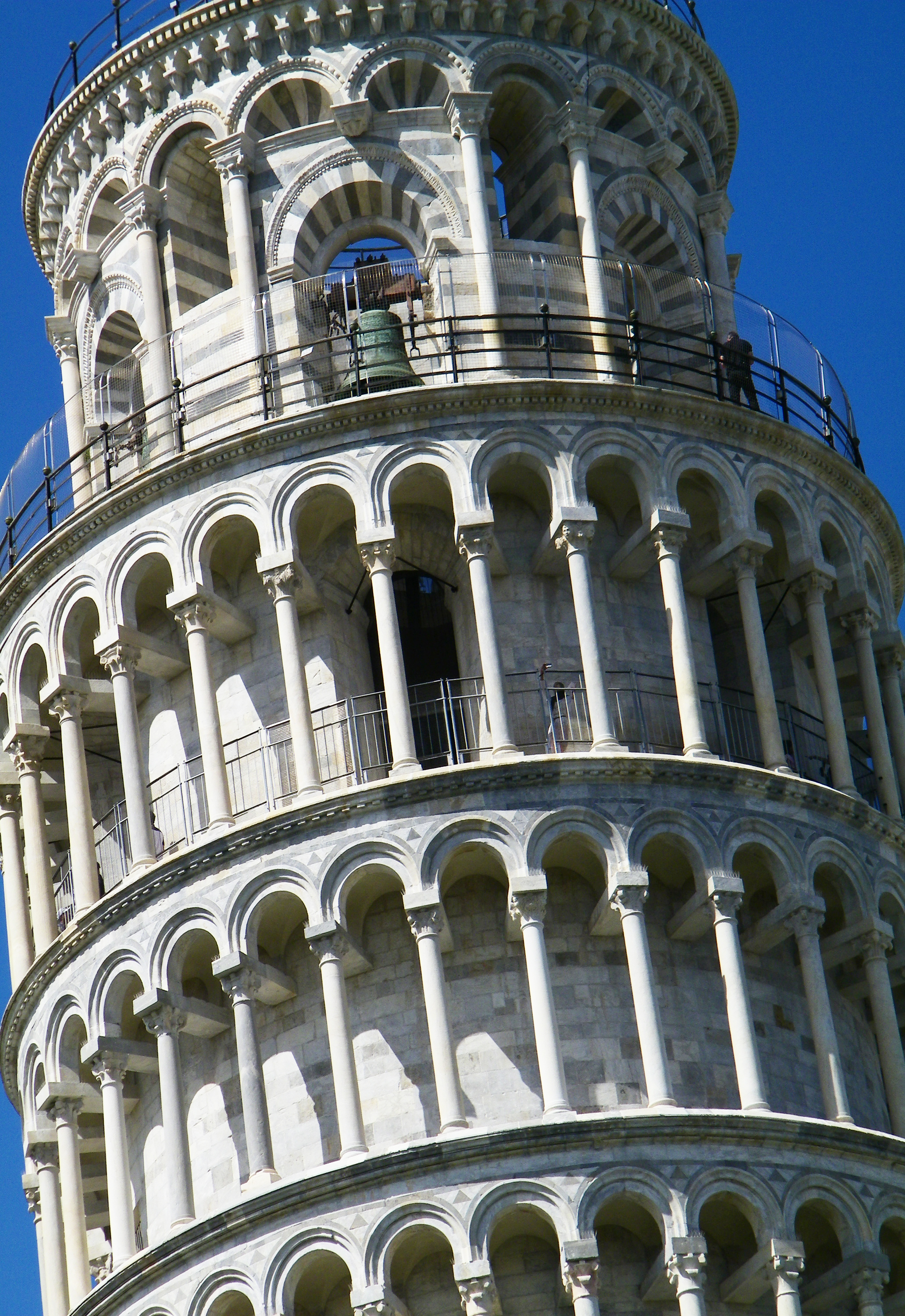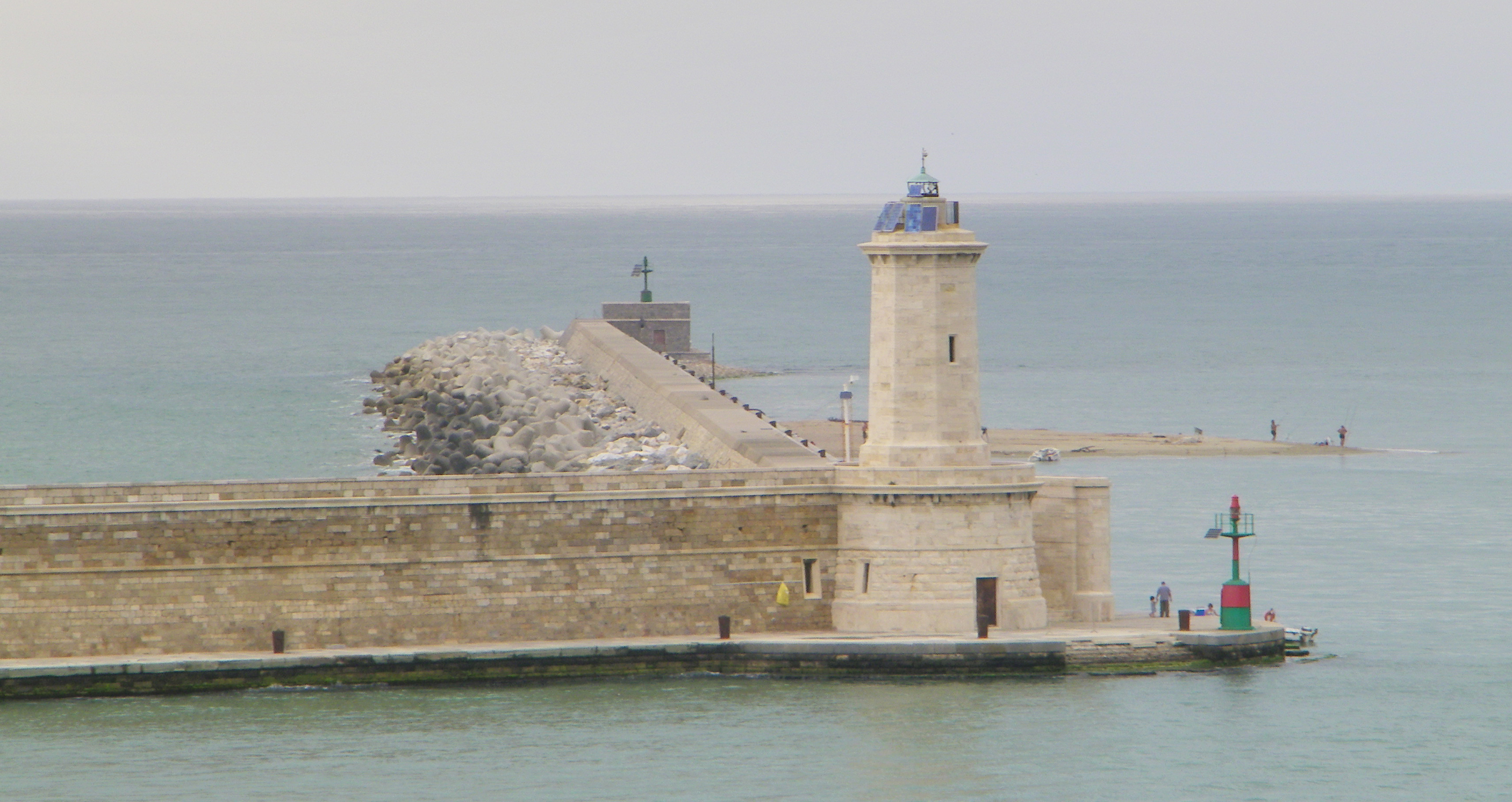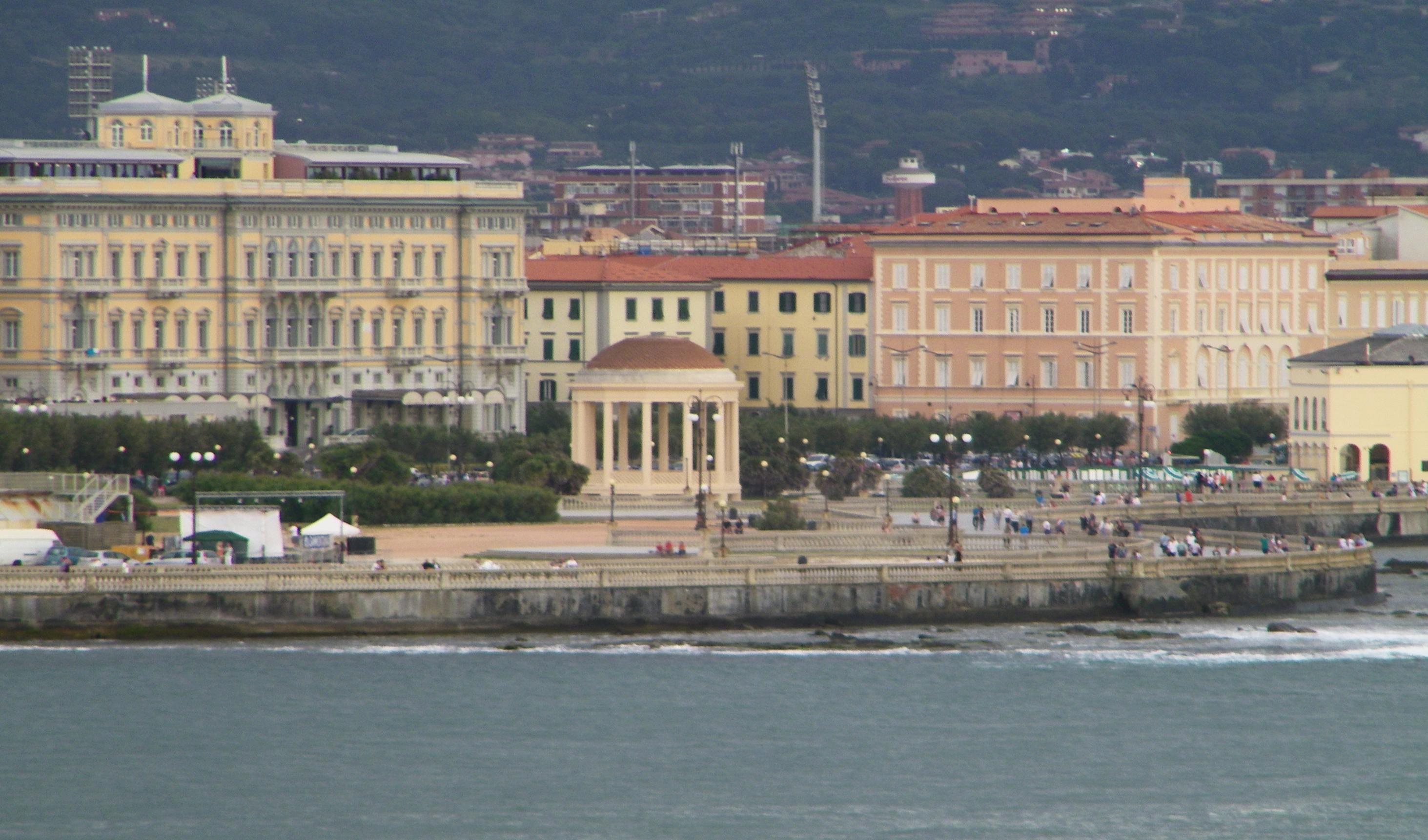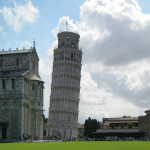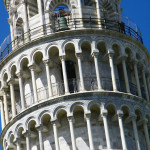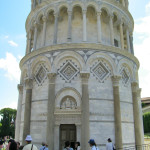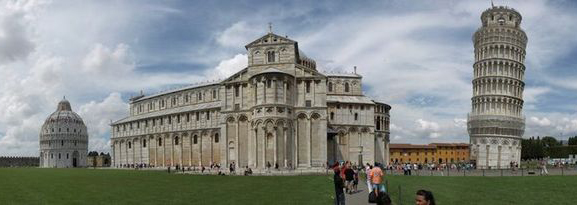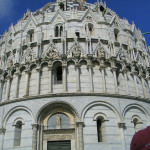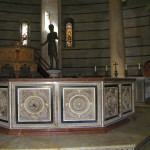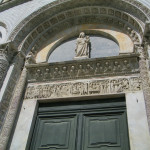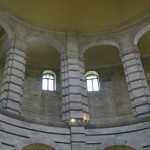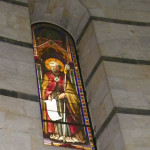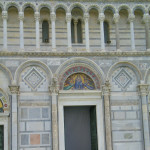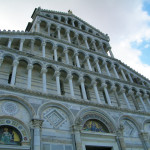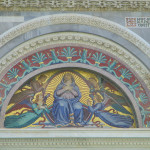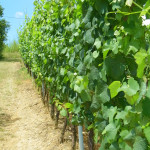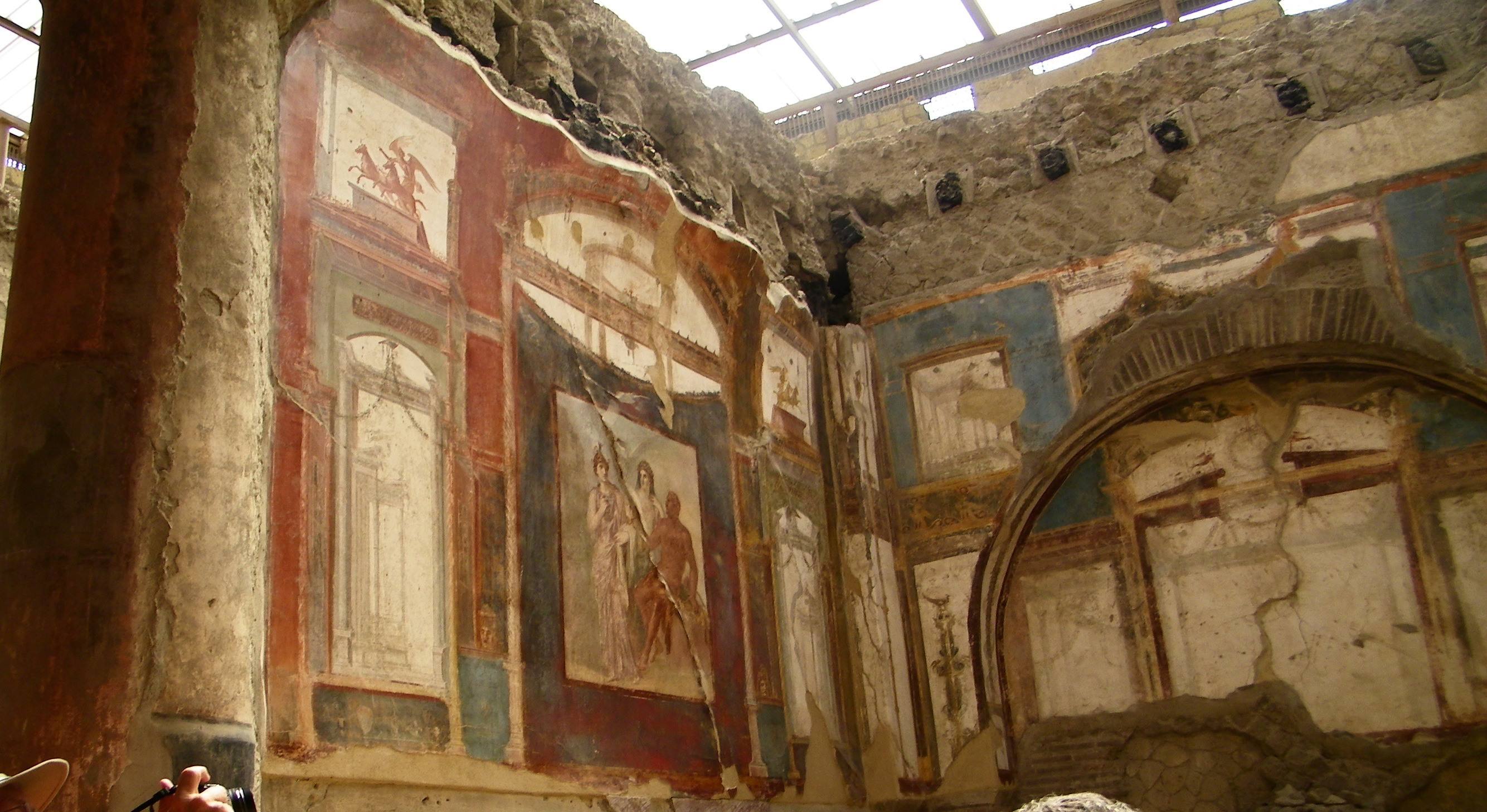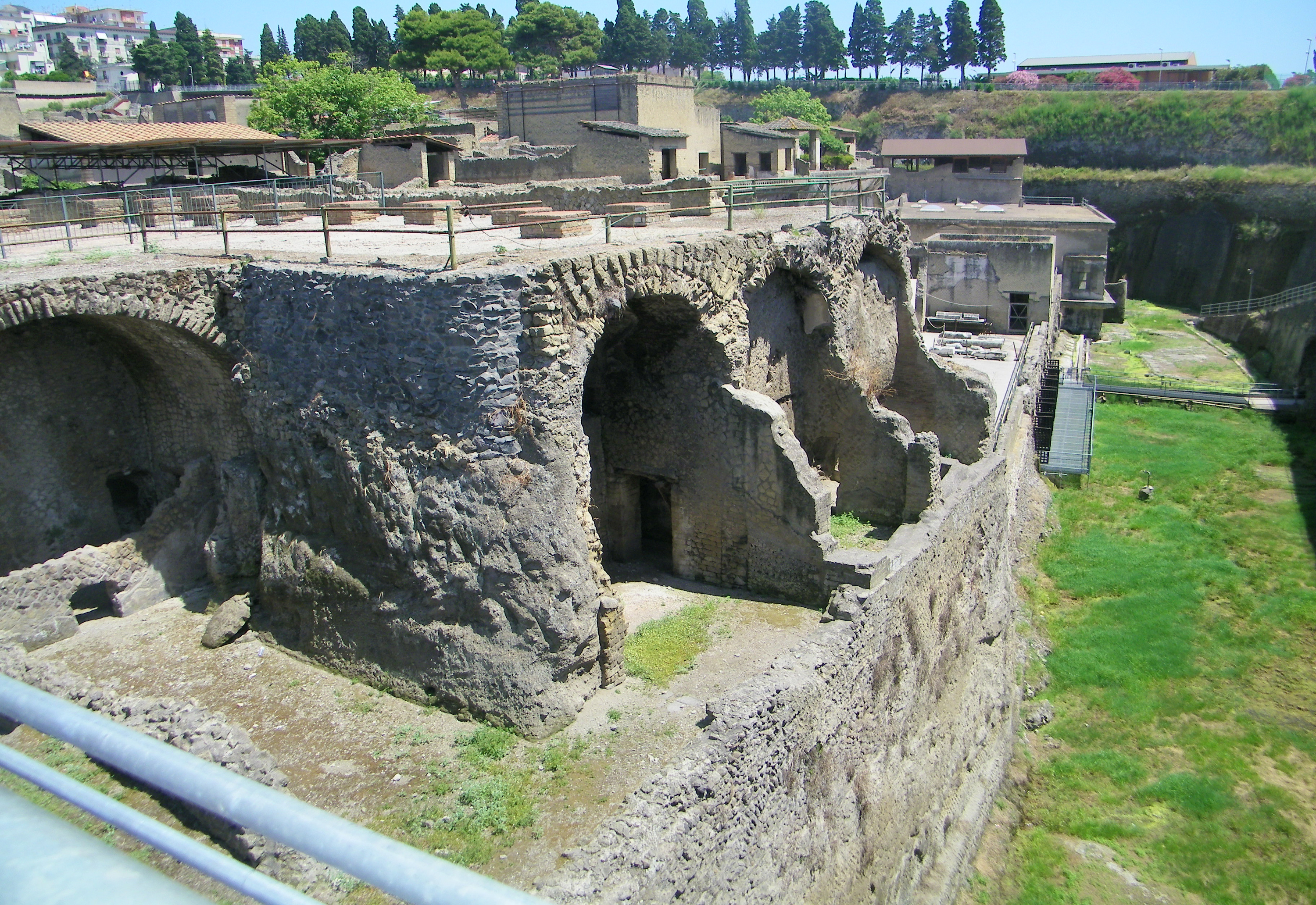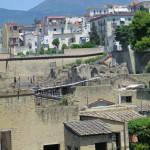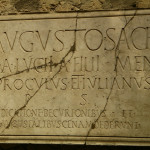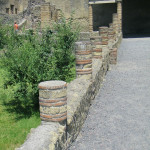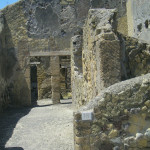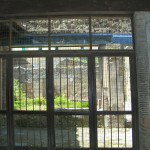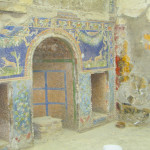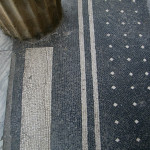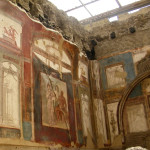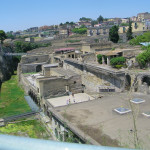As our Med Cruise in Rome continues, we’ll visit Piazza del Popolo to see an obelisk, the Spanish Steps, several fountains, lots of very old buildings and statues before lunch with our tour group.
Click on the first photo in each group and scroll to see the square photos at full size.
To start at the beginning of this series, visit Mediterranean Cruise.
Exploring on our Own
As this fabulous day continued, we had some time to explore on our own before we met up with our tour group again for lunch and then our visits of the Vatican Museums and St. Peter’s Basilica. This post will only cover the time we spent on our walk-about, leaving lots of time for the “good stuff” in the next couple of posts – as if this wasn’t good enough already!
The photo above was taken as we entered the Piazza del Popolo (Square of the People) from the north. It shows the twin churches of Santa Maria di Montesanto (left) and Santa Maria dei Miracoli (right), which were commissioned by pope Alexander VII in 1658 and designed by Carlo Rainaldi. Although they were meant to be identical, the plot of ground provided for the Santa Maria in Montesanto (on the left) was smaller. In an effort to give the impression they were identical, Rainaldi created an oval dome for the smaller church and a circular dome for the Santa Maria dei Miracoli.
Three streets run along either side and in-between the churches, which branch out from the piazza into the city, forming il Tridente (the Trident): the Via del Babuino (left), the Via del Corso (middle) and the Via di Ripetta (right).
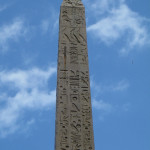 Obelisk Capital of the World
Obelisk Capital of the World
In the center of the square is a tall, four-sided, monument which is topped by a cross and in the photo looks centered between the churches. This is called an Obelisk and Rome is the obelisk capital of the world. “In 1589, pope Sixtus V had the Egyptian obelisk of Sety I moved from Circus Maximus to the center of the square. The 23.2 meter (73ft) tall obelisk was originally built around 1300 BC and stood at the Sun Temple in Heliopolis. In 10 BC the Roman Emperor Augustus had the obelisk transported all the way to Rome. The obelisk was erected at the Circus Maximus to commemorate the conquest of Egypt.” – READ MORE about the Piazza
As the name implies, there were a lot of people milling around, but it was quite a wonderful sight. The square is adorned with three marble statues, which seems to be the norm in Rome – two of which are pictured. The fountain on the western end of the square is the Fontana del Nettuno (Neptune Fountain) and shows Neptune and his Tritons. The fountain opposite the Neptune Fountain, is known as the Fontana della dea di Roma (Fountain of the goddess of Rome). The tall figure is the goddess, and two symbolic figures representing the rivers Tiber and Aniene are on either side.
The Spanish Steps and More!
Leaving the piazza, we took the left-most street of the Trident (Via del Babuino) to visit Scalinata della Trinità dei Monti (the Spanish Steps), which are a set of 135 steps between the Piazza di Spagna (at the bottom) and the Trinità dei Monti church at the Piazza Trinità dei Monti (at the top). During May, the steps are adorned with potted azaleas and in the summer you may see vendors selling flowers. Eating on the steps is forbidden and they are usually very crowded with people.
At the bottom of the Spanish Steps is the Fontana della Barcaccia (Fountain of the Ugly Boat), a fresh-water fountain that looks like a half-sunken ship with water overflowing its bows. This shape was chosen because prior to the river walls being built, flooding from the Tiber River often left boats in the square.
After this stop, we wanted to see the Trevi Fountain, but we couldn’t find it, which was very disappointing, since if you throw a coin into the fountain from your right hand backwards over your left shoulder, you will definitely return to Rome. The Municipality of Rome collects the coins at the end of each day to prevent theft, and a fund was created to finance a special supermarket that serves the poor in Rome with the help of the Italian Red Cross. Here is some more info.
Time for a Break
We had a great stroll through the city and saw lots of interesting buildings before meeting up with our tour group for lunch. We had pasta and yes – wine! Not sure it was a good idea to have wine before heading to the Vatican, but when in Rome…
Next up: The Vatican State
Happy trails,
Barb
